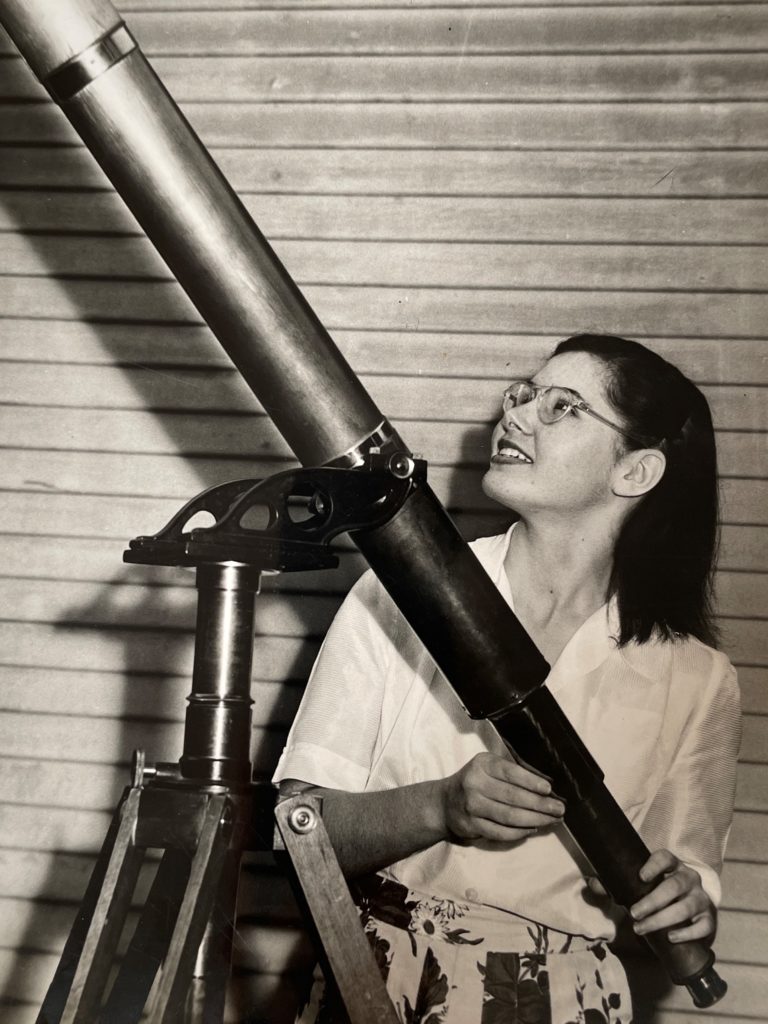
Elizabeth Roemer with her backyard telescope in 1946. | Lowell Observatory Archives
Who Was Elizabeth Roemer?
Meet the Star(gazer) of the Putnam Collection Center’s Newest Display
Lowell Observatory Archives is proud to announce a new exhibit in the Putnam Collection Center that seeks to highlight the life and accomplishments of Elizabeth Roemer, an astronomer and educator who spent a large portion of her career in Flagstaff. The connection she formed with Lowell Observatory in the later years of her life created a lasting impact that can still be seen today.
Astronomer, comet-chaser, and gender equality activist Elizabeth “Pat” Roemer was born in Oakland, California, on September 4, 1929. Elizabeth’s interest in astronomy began when she was a freshman in high school during World War II. Wartime staffing shortages often left the task of public school teaching to under-qualified individuals hired on emergency credentials. Even at a young age, Roemer knew enough about astronomy to sense that not everything her science teacher told her class about the subject was correct. So, she began searching for the answers on her own—if she couldn’t find them in books, she’d look elsewhere. Eventually, she established contact with a teaching assistant at Berkeley’s Astronomy Department who pointed her to further resources. From there, her interest in astronomy grew into a full-fledged passion.
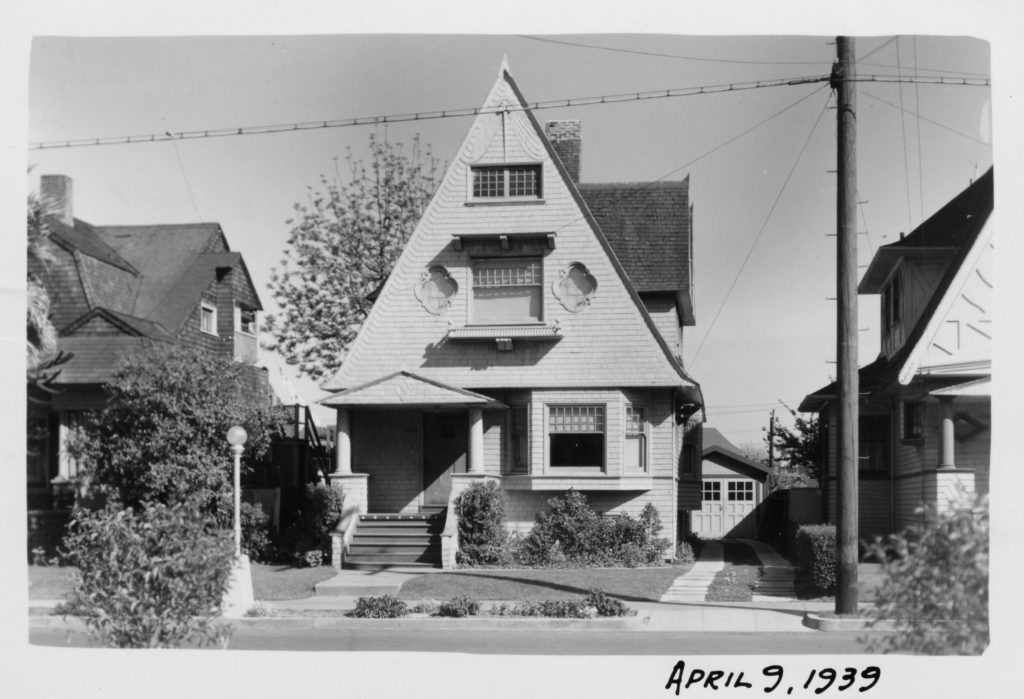
In 1946, Roemer was the winner of a Westinghouse Science Talent Search (NKA Regeneron Science Search) as a high school senior. Her project, entitled “Exploring the Skies from a City Backyard,” featured a series of impressive hand-drawn images of stars and planets based on telescope observations she’d made from her family’s backyard in Alameda, California. After graduating as valedictorian of her class in the same year, Roemer attended UC Berkeley to study astronomy. There, she earned a B.A. in astronomy in 1950, graduating with honors as a Bertha Dolbeer Scholar. During her graduate studies at Berkeley, Roemer taught adult extension classes in Oakland to help finance her tuition from 1950 to 1952. It was during this time that she developed a passion for teaching. From 1954 to 1955, she worked as an assistant astronomer and lab technician at UC’s Lick Observatory, and in 1955 she earned her PhD from Berkeley.
The newly-minted Dr. Roemer continued her time at UC as an assistant astronomer and conducted research at the University of Chicago’s Yerkes Observatory until she joined the U.S. Naval Observatory as an astronomer at the Flagstaff, Arizona station in 1957. It was there that she began to notice the disparities in treatment she received as a female astronomer, despite being an expert in her field. While her male colleagues of the same credentials were properly introduced to visiting astronomers as doctors, she was simply introduced as “Elizabeth.” Though women had begun to see slivers of hard-won progress toward equal rights in the late 50s, STEM fields were still heavily dominated by men and notoriously inhospitable to woman scientists.
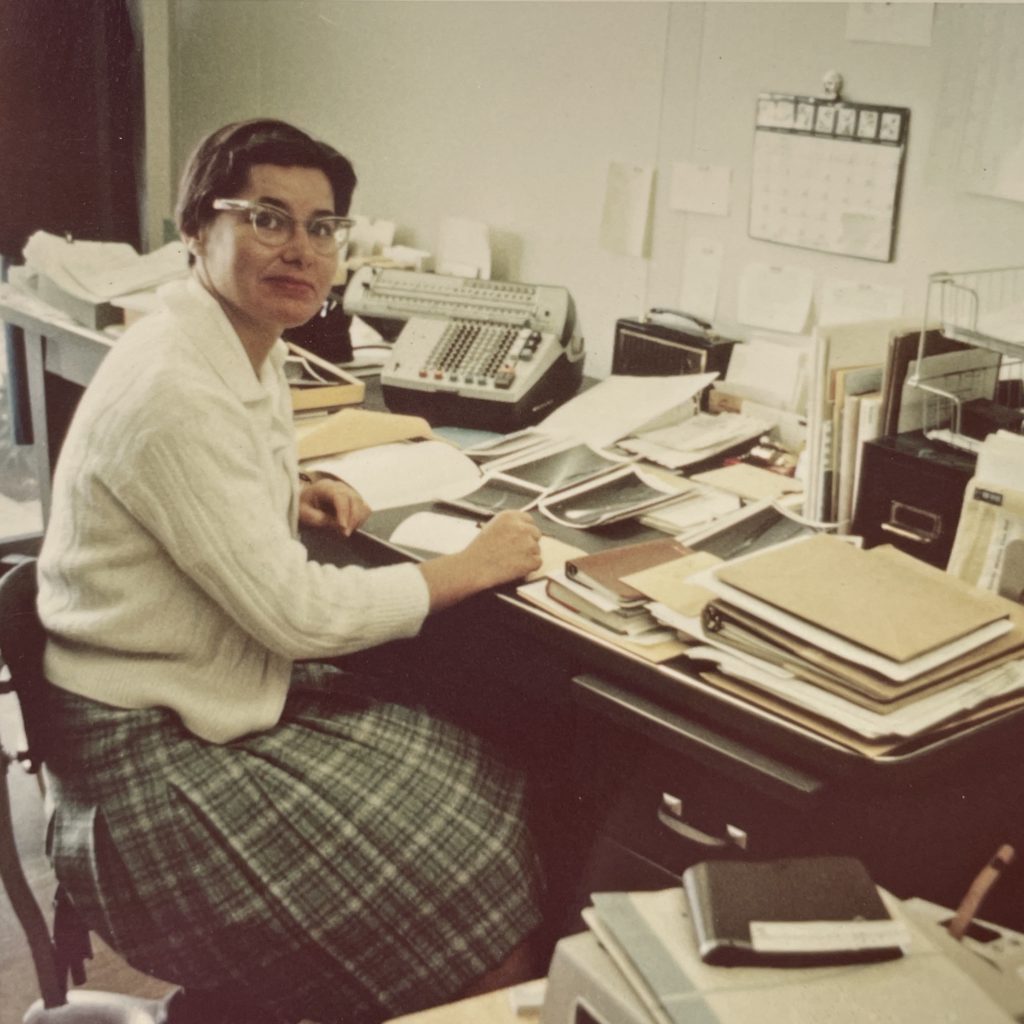
Shortly into her tenure at the Naval Observatory, Roemer gained a reputation for rediscovering “lost” comets that astronomers at the time did not have the technology to continue tracking once they reached a certain distance away from Earth. Roemer found the lost comets by searching the area they were predicted to be as they rounded the Sun and watching for faint movement relative to surrounding stars. The data and measurements of the brightness of the recovered comets aided astronomers of her time and allowed for the tracking of many short period comets around the Sun until this day.
While still working at the Naval Observatory in 1959, Dr. Roemer was offered a Merit Award by Mademoiselle Magazine, along with a feature as one of the publication’s 10 ‘Women of the Year.’ The list included young women from around the world who were excelling in their various fields. While the idea of being featured in such a magazine was initially unappealing to her, Dr. Roemer accepted. She was the only woman in STEM to make the list, and she knew that such representation would be vital in the fight to make STEM careers more accessible to women. In a letter to the manager of Women’s News for Westinghouse, Roemer expressed her hope that her Mademoiselle Merit Award would encourage young women to explore the field of astronomy.
Roemer became the first female acting director at the US Naval Observatory in 1965. In 1966, she moved to the University of Arizona (UA) in Tucson, AZ, where she worked in the Lunar and Planetary Laboratory, where she specialized in astrometry with a particular focus on comets and minor planets. She was promoted to the role of a full UA professor in 1969, and was asked to chair the committee that would set up the Department of Planetary Sciences in 1972. In 1980, while still a UA professor, she served as an astronomer at Tucson’s Steward Observatory. She served at the observatory until 1997. Roemer finally retired in 1998, but continued her research on comets and asteroids as astronomer and professor emerita.
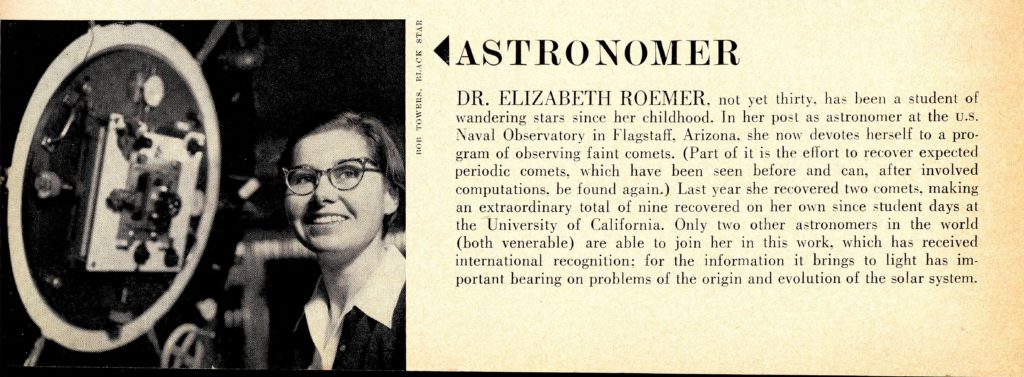
Dr. Roemer retired from her position at The University of Arizona in 1998 and continued to be an active member of the astronomy community. She became a member of Friends of Lowell Observatory in 2006, as well as a member of the Percival Lowell Society. Before her death in 2016, she made a donation that created what is known as the Elizabeth Roemer Foundation Donation. The funds were used to create an instrumentation fund in the Lowell Observatory Foundation, supporting the acquisition, development, maintenance of, and access to improved technologies and materials within the observatory’s facilities. Her support created safe and effective organization and operation of the observatory’s equipment and technology.
Dr. Roemer is credited with the recovery of 79 comets and two asteroids over the course of her career. In 1961, asteroid 1657 Roemera was named in Dr. Roemer’s honor. She discovered the asteroid 1930 Lucifer on October 29, 1964, and the asteroid 1983 Bok on June 9, 1975. She also co-discovered Jupiter’s moon Themisto with Charles T. Kowal in 1975. Themisto was lost soon after its discovery because of its irregular orbit, but it was eventually recovered in 2000.
The new exhibit in Lowell’s Putnam Collection center creates a visual history of Elizabeth’s life, using photographs, handwritten notes and journal entries (she kept meticulous notes on the happenings of her day-to-day life), and other personal items to paint a picture of the inspiring woman who left her mark on the astronomy community, and the scientific community at large.
Pages from “Exploring the Skies from a City Backyard,” the project that secured Roemer’s place as a winner of the 1946 Westinghouse Science Talent Search. | Lowell Observatory Archives
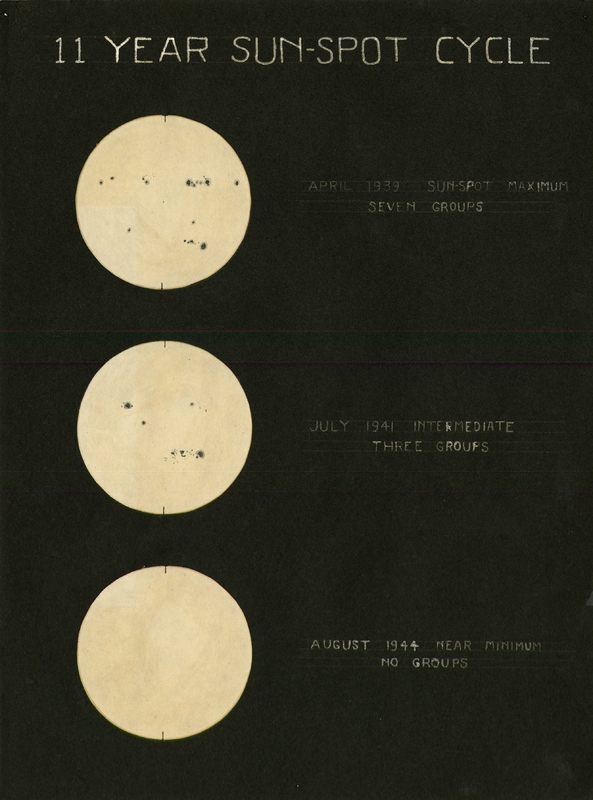
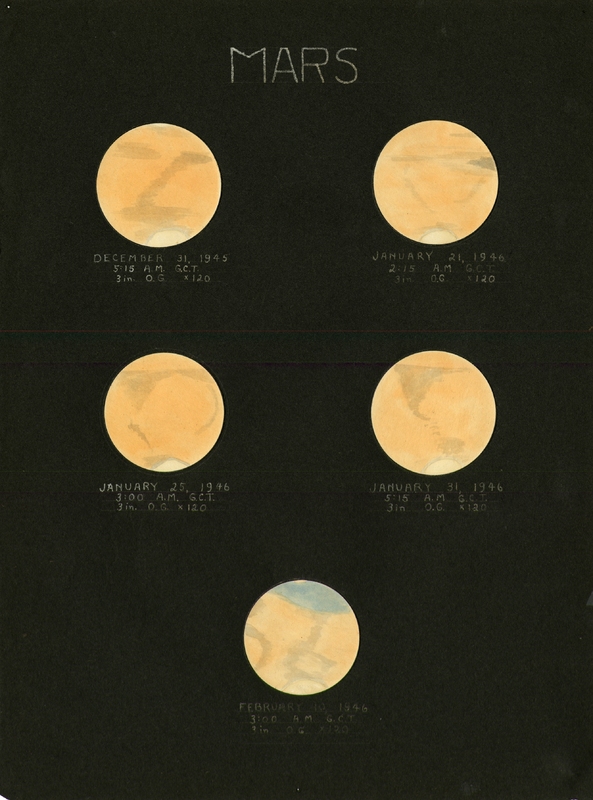

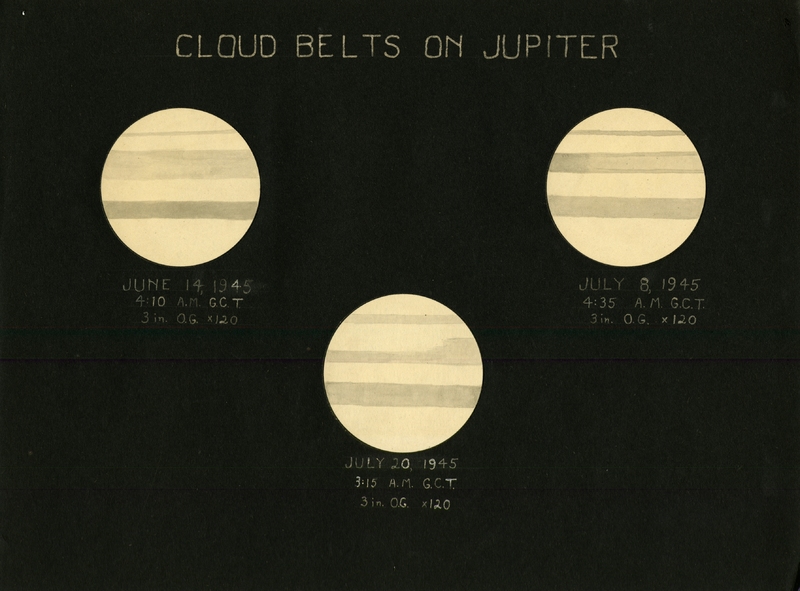
Keep Exploring Our History
- On This Day: Voyager 2 Flies By Saturn
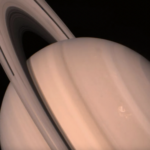 On This Day: Voyager 2 Flies By Saturn On August 25, 1981, the Voyager 2 spacecraft completed a historic flyby of Saturn. Today (8/25/2023) is the 35th anniversary of this event. During the flyby, Voyager 2 zoomed within 26,000 miles of Saturn’s cloud tops. The discoveries made by both Voyager 2 and its twin, Voyager… Read more: On This Day: Voyager 2 Flies By Saturn
On This Day: Voyager 2 Flies By Saturn On August 25, 1981, the Voyager 2 spacecraft completed a historic flyby of Saturn. Today (8/25/2023) is the 35th anniversary of this event. During the flyby, Voyager 2 zoomed within 26,000 miles of Saturn’s cloud tops. The discoveries made by both Voyager 2 and its twin, Voyager… Read more: On This Day: Voyager 2 Flies By Saturn - View from Mars Hill: The return of the Perseid Meteor Shower
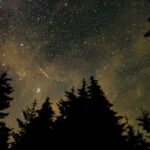 View from Mars Hill: The return of the Perseid Meteor Shower As posted on the Arizona Daily Sun website on 07/25/2023 The passing of July to August signals the arrival of one of the most prominent and reliable meteor showers, the Perseids. It has wowed observers for centuries and inspired many to capture their awe… Read more: View from Mars Hill: The return of the Perseid Meteor Shower
View from Mars Hill: The return of the Perseid Meteor Shower As posted on the Arizona Daily Sun website on 07/25/2023 The passing of July to August signals the arrival of one of the most prominent and reliable meteor showers, the Perseids. It has wowed observers for centuries and inspired many to capture their awe… Read more: View from Mars Hill: The return of the Perseid Meteor Shower - The Founding of Lowell Observatory
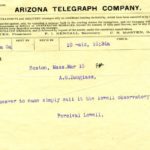 On April 3, 1894, an Easterner named Andrew Douglass checked into Flagstaff’s Bank Hotel. Douglass may have looked like an ordinary visitor, but his luggage was anything but ordinary. Included were two wooden boxes strongly resembling coffins. Inside the boxes were a six-inch diameter, seven-foot-long telescope weighing 30 pounds, and the telescope’s mount and wooden… Read more: The Founding of Lowell Observatory
On April 3, 1894, an Easterner named Andrew Douglass checked into Flagstaff’s Bank Hotel. Douglass may have looked like an ordinary visitor, but his luggage was anything but ordinary. Included were two wooden boxes strongly resembling coffins. Inside the boxes were a six-inch diameter, seven-foot-long telescope weighing 30 pounds, and the telescope’s mount and wooden… Read more: The Founding of Lowell Observatory - Astronomy, Shakespeare, and the Ides of March
 At this time of year, many of us will hear, if not ourselves utter, the phrase, “Beware the Ides of March.” And it will come with some level of disquietude. While any phrase that begins with the word “beware” is likely to engender such an emotion, this one famously derives a forebodingness from the creative… Read more: Astronomy, Shakespeare, and the Ides of March
At this time of year, many of us will hear, if not ourselves utter, the phrase, “Beware the Ides of March.” And it will come with some level of disquietude. While any phrase that begins with the word “beware” is likely to engender such an emotion, this one famously derives a forebodingness from the creative… Read more: Astronomy, Shakespeare, and the Ides of March - I Heart Pluto Festival 2023 | Meet Our Out-of-this-World Community Partners
 The only thing we love more than Pluto here on Mars Hill is our incredible Flagstaff community! This year, the I Heart Pluto Festival is being supported by a group of integral players in Flagstaff’s food, drink, and entertainment scenes. Read on to learn what our stellar sponsors are bringing to the table (besides their… Read more: I Heart Pluto Festival 2023 | Meet Our Out-of-this-World Community Partners
The only thing we love more than Pluto here on Mars Hill is our incredible Flagstaff community! This year, the I Heart Pluto Festival is being supported by a group of integral players in Flagstaff’s food, drink, and entertainment scenes. Read on to learn what our stellar sponsors are bringing to the table (besides their… Read more: I Heart Pluto Festival 2023 | Meet Our Out-of-this-World Community Partners